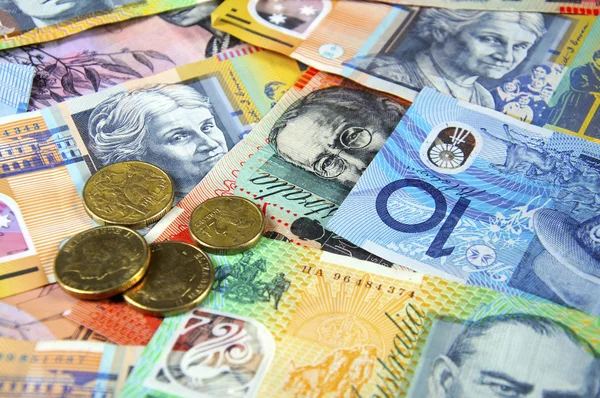Australian dollar may fall due to China’s weaker than expected GDP figures.
The Australian Dollar (AUD) edged lower on Monday, trading near the six-month high of 0.6798 set on Thursday.
China’s GDP (YoY) increased by 4.7% in Q2, compared to a previous expansion of 5.3% and an expected 5.1%.
In China, a close trade partner of Australia, GDP increased 4.7% year on year in the second quarter, compared to 5.3% in the first quarter and an expected 5.1%. Weaker-than-expected China GDP figures may put slight pressure on the Australian dollar, hurting the Austrakian Dollar pair.
The Australian dollar may continue to increase as speculation rises that the Reserve Bank of Australia (RBA) may delay joining the global rate-cutting cycle or possibly hike interest rates again. Australia’s persistently high inflation has prompted the RBA to adopt a hawkish posture.
US Dollar strengthens as a result of increased risk aversion following the attempted assassination of former US President Donald Trump.
The US dollar (USD) increases as risk aversion rises following the attempted assassination of former US President Donald Trump on Saturday. According to Reuters, if this episode enhances Trump’s election prospects, it may lead to so-called ‘Trump-victory trades,’ which could result in a stronger US Dollar and a steeper US Treasury yield curve.
The Australian Dollar pair may find support as the US Dollar (USD) weakens on increased prospects of a Federal Reserve (Fed) rate decrease in September. The US Consumer Price Index (CPI) data in June was milder than predicted, fueling expectation.
Daily Market Movers: The Australian dollar falls due to risk aversion.
The Australian Dollar (AUD) edged lower on Monday, trading near the six-month high of 0.6798 set on Thursday. China’s retail sales (YoY) grew by 2.0% in June, falling short of the predicted 3.3% and trailing May’s 3.7%. Meanwhile, the country’s industrial production increased by 5.3% year on year, exceeding expectations of 5.0% but falling slightly short of May’s 5.6%.
The US Core Producer Price Index (PPI) increased 3.0% year on year in June, beating the projected 2.5% and the prior reading of 2.6%. Furthermore, the preliminary Michigan Consumer Sentiment Index fell short of expectations in July, reporting at 66.0 vs the predicted 68.5 and prior 68.2.
On Friday, China’s Trade Balance report for June reported a trade surplus of $99.05 billion, up from the prior total of $82.62 billion. China’s exports (YoY) increased 8.6%, compared to 8.0% projected and a previous 7.6% reading. Meanwhile, imports (YoY) fell by 2.3%, compared to a previous increase of 2.8%.
Austan Goolsbee, President of the Federal Reserve Bank of Chicago, stated Thursday that the US economy appeared to be on track to attain 2% inflation. This shows that Goolsbee is becoming increasingly confident that the time for interest rate cuts is approaching. According to Reuters, he also claimed that “in my opinion, this is what the path to 2% looks like.”
US Core Consumer Price Index (CPI), climbed by 3.3% year on year in June.
On Thursday, data indicated that the US Core Consumer Price Index (CPI), which excludes volatile food and energy costs, climbed by 3.3% year on year in June. , compared to May’s 3.4% increase and the same forecast. Meanwhile, the core CPI rose by 0.1% month on month, compared to the predicted and prior figure of 0.2%.
On Wednesday, Federal Reserve Chairman Jerome Powell emphasized the importance of closely monitoring the weakening labor market. Powell also expressed confidence in the declining trajectory of inflation, after previous remarks emphasizing the importance of further data to improve confidence in the inflation outlook.









